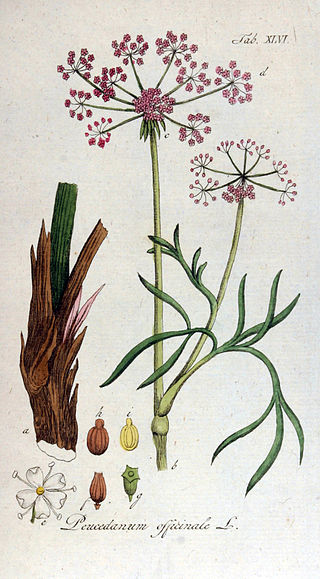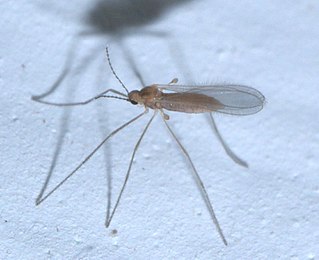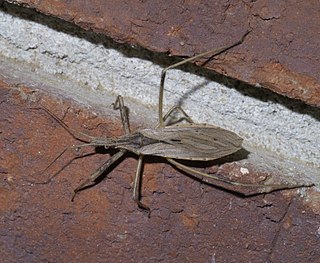Genus is a taxonomic rank used in the biological classification of living and fossil organisms as well as viruses. In the hierarchy of biological classification, genus comes above species and below family. In binomial nomenclature, the genus name forms the first part of the binomial species name for each species within the genus.
Virus classification is the process of naming viruses and placing them into a taxonomic system similar to the classification systems used for cellular organisms.

Crinum is a genus of about 180 species of perennial plants that have large showy flowers on leafless stems, and develop from bulbs. They are found in seasonally moist areas, including marshes, swamps, depressions and along the sides of streams and lakes in tropical and subtropical areas worldwide.

The genus Bowenia includes two living and two fossil species of cycads in the family Stangeriaceae, sometimes placed in their own family Boweniaceae. They are entirely restricted to Australia.

Veitchia is a genus of flowering plant in the family Arecaceae.

Peucedanum is a genus of flowering plant in the carrot family, Apiaceae. Peucedanum boasts a global presence with diverse spread of morphological features. Peucedanum species are characterized by dorsally compressed mericarps, slightly prominent dorsal ribs, narrowly winged lateral ribs, and a broad commissure. However, the vast diversity of morphology, fruit forms, and phytochemical production makes classifying species in the Peucedanum challenging. Historically relevant in traditional medicine, Peucedanum's taxonomic complexity arises from its extensive diversity.

Trochocercus is a genus of bird in the family Monarchidae. Described by Jean Cabanis in 1850, the name Trochocercus is a combination of the Greek words trokhos meaning "circular" or "round" and kerkos, meaning "tail".

Rhyncholepis was an extinct genus of anaspida from the Late Silurian. Fossils of species R. butriangula and R. parvula have been found in Ringerike, Norway, and Oesel, Estonia. The genus has two species, described in 1911 and 2002.
Martinichthys is an extinct genus of plethodid fish from the Cretaceous of North America. It is known from the Niobrara Chalk, in which it is exceedingly rare. It is named after one H. T. Martin, who collected the most complete specimen at the time of description.

Pelodiscus is a genus of turtles in the family Trionychidae, the softshells. Based on genetic and morphological analysis there are seven valid species. They are native to Eastern Asia, ranging from the Amur region, south through China and Korea, as far south as Vietnam. Populations in Japan are thought to likely originate from historic human introductions.
Buresilia is a genus of harvestmen in the family Phalangiidae with three described species. The species are found in West Asia, Anatolia and Cyprus.
Amanita pallidorosea is a mushroom of the large genus Amanita, which occurs under beech and pine in China and Japan. It is closely related to the destroying angel A. bisporiga.

The 2024 European Parliament election is scheduled to be held on 6 to 9 June 2024. This will be the tenth parliamentary election since the first direct elections in 1979, and the first European Parliament election after Brexit.

Dianmeisaurus is an extinct genus of pachypleurosaur from the Middle Triassic Guanling Formation in China. The type species is D. gracilis. An additional species, D. mutaensis, was named in 2024 based on a small skeleton likely belonging to an immature individual.
Cyrtolobus celsus is a species of treehopper belonging to the genus Cyrtolobus. It was first described by Edward P. Van Duzee in 1916.

Hymetta is a genus of typical leafhoppers in the family Cicadellidae. There are about five described species in Hymetta, found in North America.

Isocolpodia is a genus of gall and forest midges in the family Cecidomyiidae. There are about six described species in Isocolpodia.

Neacreotrichus is a genus of bee flies in the family Bombyliidae. There are about 13 described species in Neacreotrichus, found in the United States and Mexico.

Stenopoda is a genus of assassin bugs in the family Reduviidae. There are about 15 described species in Stenopoda, found in the Americas and Africa.
Trilasma is a genus of harvestmen in the family Nemastomatidae with nine described species . The species are mainly found in Mexico.














